Made with gauze and tissue paper inside, absorbent cotton gauze rolls are a staple in the medical, dental and beauty fields due to their versatility and effectiveness. This conveniently packaged roll contains absorbent cotton lint and a non-sticky tubular gauze cover, making it perfect for keeping in a first aid kit or for wound care.
The highly cushioned padding of cotton gauze roll can also be used for support of fetlocks, hocks and tendons or insulation to keep muscles and tendons warm when exercising or travelling.


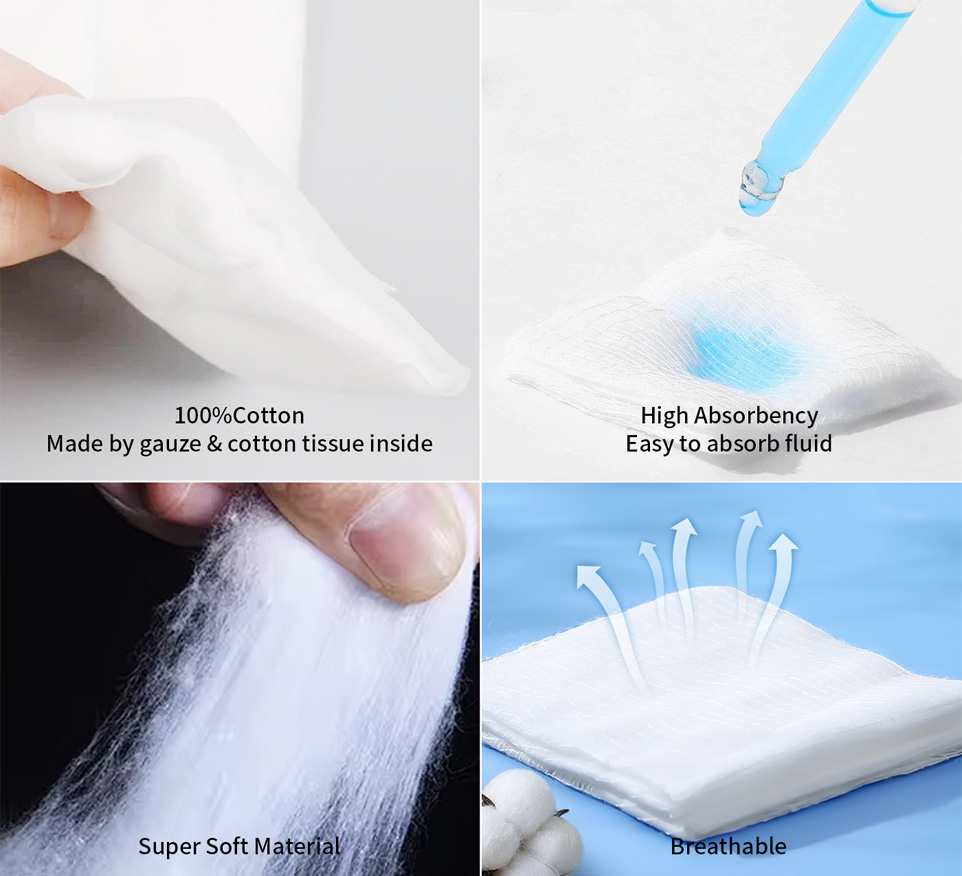
Even Layer: Even layer thickness for good cushioning effect.
Gauze Covered: Gauze cover prevents adhesion to the wound, non-slip and tearproof, so easy to put on without wrinkling·
High Absorbency: Made from 100% pure cotton, these rolls are designed to absorb a significant amount of liquid, making them ideal for wound care, surgical procedures, and other medical applications.
Soft and Gentle: The cotton is soft to the touch, ensuring minimal irritation when applied to sensitive skin or wounds. This makes it suitable for use on delicate areas.
Versatile Sizes: Comes in various sizes and lengths to meet different needs. Common sizes include small, medium, and large rolls, allowing for flexibility in usage.
Hypoallergenic: Generally hypoallergenic, making it suitable for use on sensitive skin and reducing the risk of allergic reactions.
Sterile and Non-Sterile Options: Available in both sterile and non-sterile versions. Sterile rolls are used for direct wound care and surgical applications, while non-sterile rolls are suitable for general purposes.
Product Name | Absorbent Cotton Gauze Roll |
Weight | 50g, 100g, 250g, 300g, 400g, 500g, 1000g etc. |
Size (W*L) | 20cm*5m, 40cm*5m, 40cm*2.7m, 45cm*2.7m, 45cm*1.5m, 30*3m, 30*4m, 20*10m,90*10m or customized |
Diameter | 10cm, 20cm, 25cm, 40cm etc. |
Material | 100% Cotton |
Color | White |
Mesh | 20*12/19*15/24*20/28*24 etc. |
Yarn | 40s/32s/21s optional |
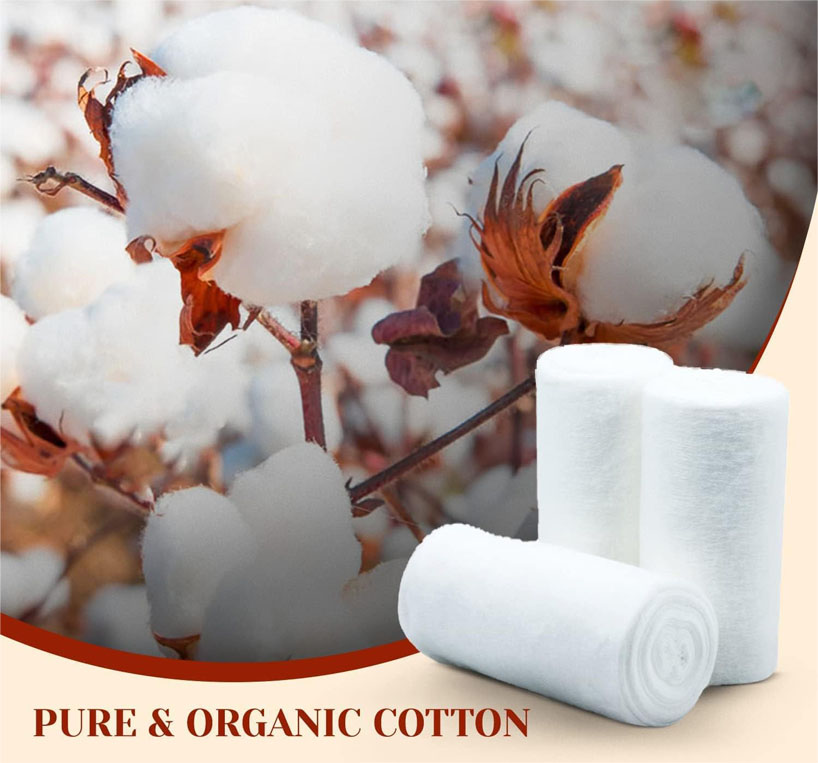
100% Pure Cotton:
The cotton used is typically sourced from natural cotton plants. It is chosen for its high absorbency, softness, and hypoallergenic properties. Only high-quality cotton fibers are selected to ensure the final product is free from impurities and contaminants. The cotton is often bleached to achieve a clean, white appearance and to remove any natural oils, waxes, and other impurities.
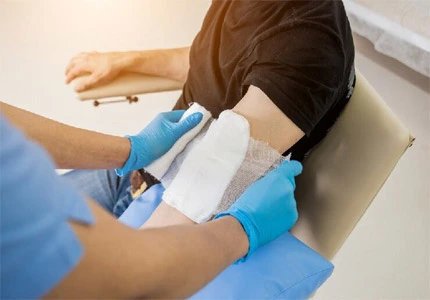
Cuts and Lacerations: To cover and protect cuts, lacerations, and surgical incisions.
Burns: To dress burns and prevent infection while absorbing exudate.
Ulcers: For managing pressure ulcers, diabetic foot ulcers, and other chronic wounds.
Post-Surgical Wounds: To cover and protect surgical sites during the healing process.
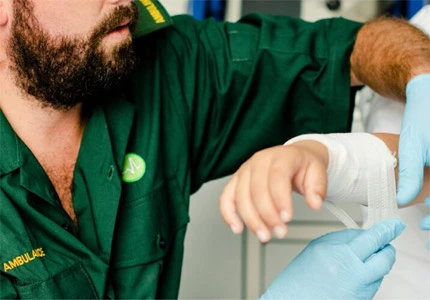
Minor Injuries: For minor scrapes, abrasions, and blisters.
Nosebleeds: Rolled gauze can be used to pack the nostrils to control bleeding.
Sprains and Strains: To provide support and compression to sprained or strained joints.
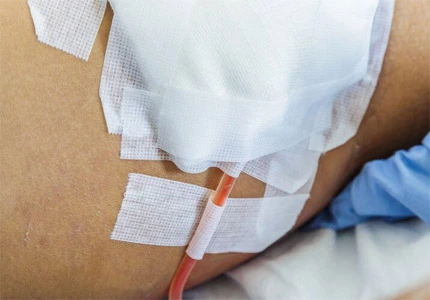
IV Sites: To secure intravenous lines and absorb any leakage.
Drain Sites: To absorb exudate from surgical drains.
Catheter Sites: To secure and protect catheter insertion sites.
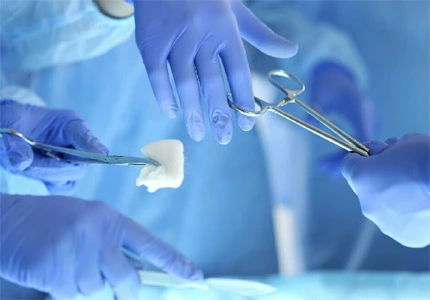
Absorption: To absorb blood and other fluids during surgical procedures.
Padding: To provide padding and protection to surgical sites.
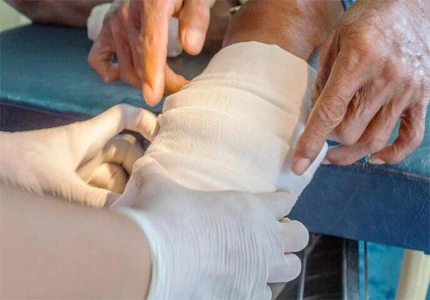
Fractures: To provide padding under casts or splints.
Support: To wrap and support injured limbs.
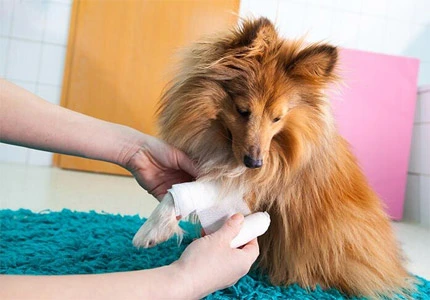
Animal Wounds: For dressing wounds and injuries in pets and livestock.
Post-Surgical Care: To protect surgical sites in animals.

Wash your hands thoroughly with soap and water or use an alcohol-based hand sanitizer before handling the cotton cauze roll.
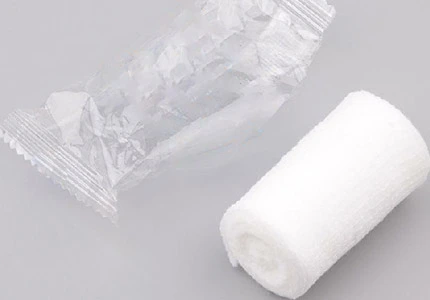
Open the packaging carefully to maintain the sterility of the cotton gauze roll.
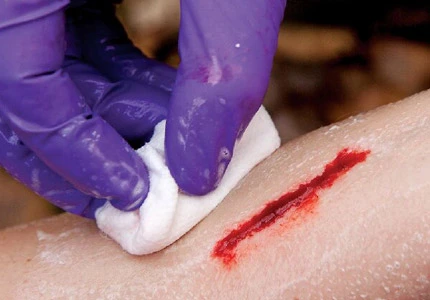
Gently clean the wound using an Antibacterial Cotton Gauze Pad with mild soap and water. Carefully dry the affected area and apply medication if needed. Discard the used pad.
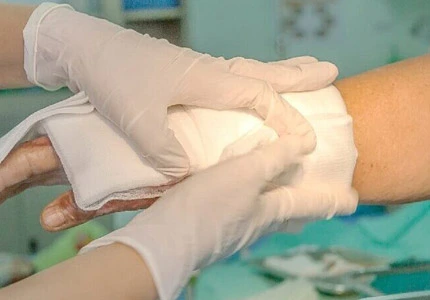
Carefully cover the wound with a new cotton gauze dressing pad to help absorb fluid on low exudating wounds.
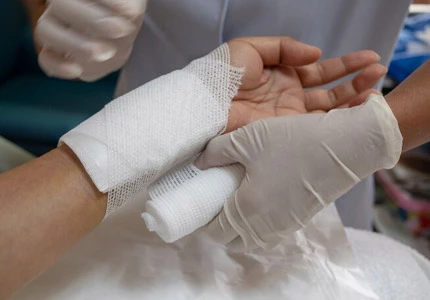
Secure the gauze cotton dressing pad with medical tape or a bandage.
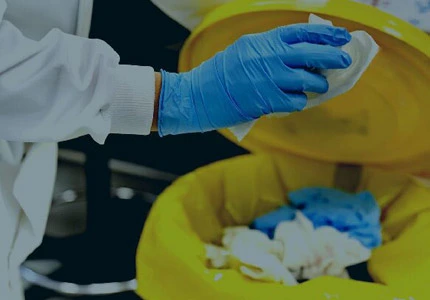
Dispose of used gauze cotton pad in a proper waste container. If it is contaminated with blood or bodily fluids, follow your facility’s guidelines for biohazard disposal.